Archives
- 2025-10
- 2025-09
- 2025-03
- 2025-02
- 2025-01
- 2024-12
- 2024-11
- 2024-10
- 2024-09
- 2024-08
- 2024-07
- 2024-06
- 2024-05
- 2024-04
- 2024-03
- 2024-02
- 2024-01
- 2023-12
- 2023-11
- 2023-10
- 2023-09
- 2023-08
- 2023-06
- 2023-05
- 2023-04
- 2023-03
- 2023-02
- 2023-01
- 2022-12
- 2022-11
- 2022-10
- 2022-09
- 2022-08
- 2022-07
- 2022-06
- 2022-05
- 2022-04
- 2022-03
- 2022-02
- 2022-01
- 2021-12
- 2021-11
- 2021-10
- 2021-09
- 2021-08
- 2021-07
- 2021-06
- 2021-05
- 2021-04
- 2021-03
- 2021-02
- 2021-01
- 2020-12
- 2020-11
- 2020-10
- 2020-09
- 2020-08
- 2020-07
- 2020-06
- 2020-05
- 2020-04
- 2020-03
- 2020-02
- 2020-01
- 2019-12
- 2019-11
- 2019-10
- 2019-09
- 2019-08
- 2019-07
- 2019-06
- 2018-07
-
br Concluding remarks Autophagy ensures cell homeostasis and
2025-02-11
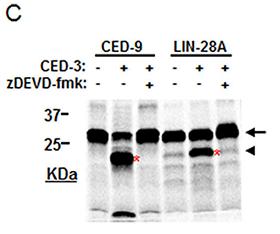
Concluding remarks Autophagy ensures cell homeostasis and survival through the continuous degradation/recycling of intracellular components. It can also represent a conserved, cell-intrinsic, defense mechanism against invading pathogens, including viruses. The autophagy process can be activated r
-
Autophagy is finalized through the coordinated positioning
2025-02-11
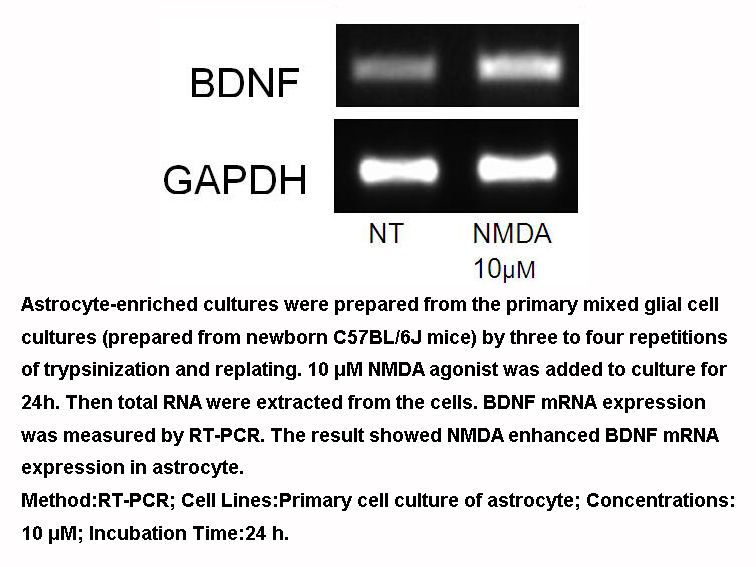
Autophagy is finalized through the coordinated positioning and fusion of autophagosomes with lysosomes, during which an array of common and specific membrane traffic-associated proteins is mobilized. Among these proteins, small GTPases, like Rab7, Rab34, or Arl8, and their Abiraterone receptor prot
-
br In vivo visualization of aromatase with positron emission
2025-02-11
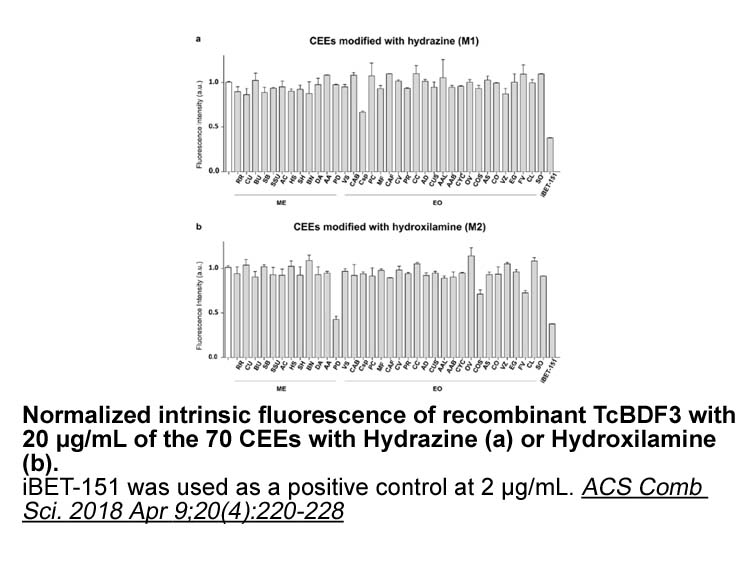
In vivo visualization of aromatase with positron emission tomography (PET) Positron emission tomography (PET) utilizes the high 28170 photons formed during the annihilation of positrons to detect the changes in the amount and localization of injected radiopharmaceuticals in the living body (rece
-
br MADS box proteins in plants a flourishing
2025-02-11
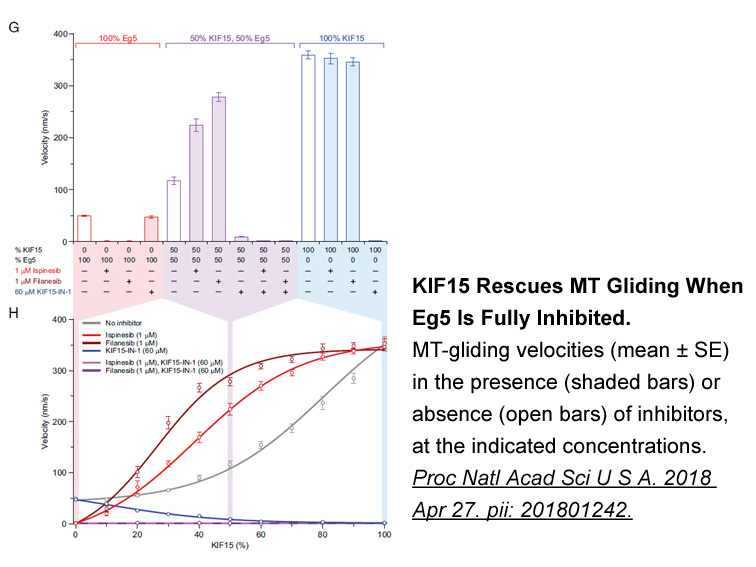
MADS box proteins in plants, a flourishing family In contrast to animals, homeotic genes in plants do not code for homeodomain-containing proteins, but rather, in almost all cases, for MADS domain proteins. The sequencing of the genome of Arabidopsis thaliana revealed more than 100 putative MADS
-
br Conclusion br References and recommended reading Papers o
2025-02-11
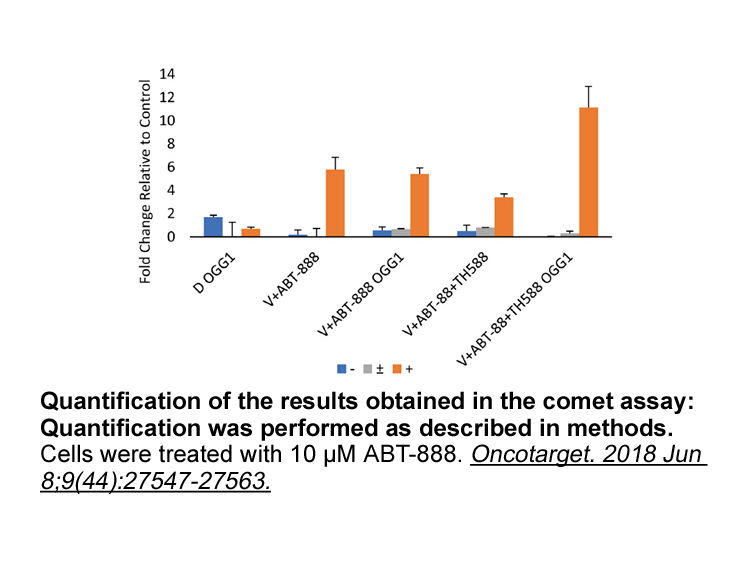
Conclusion References and recommended reading Papers of particular interest, published within the period of review, have been highlighted as: Acknowledgements Introduction Nucleosome, the basic chromatin unit, is composed of DNA and core histones (H2A, H2B, H3 and H4) and organized into
-
The current antifungal pipeline contains several categories
2025-02-11
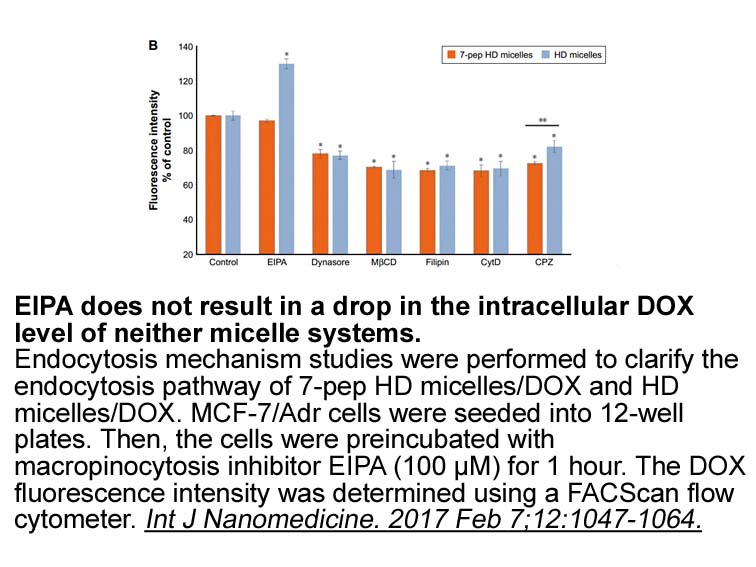
The current antifungal pipeline contains several categories of compounds at different stages of development [1], [9], [10], [96]. In Table 1 we summarize the most promising antifungal molecules that are in preclinical and in clinical development. Several compounds in the pipeline are derivatives of
-
AMPK is a cellular energy sensor that is phosphorylated in
2025-02-11
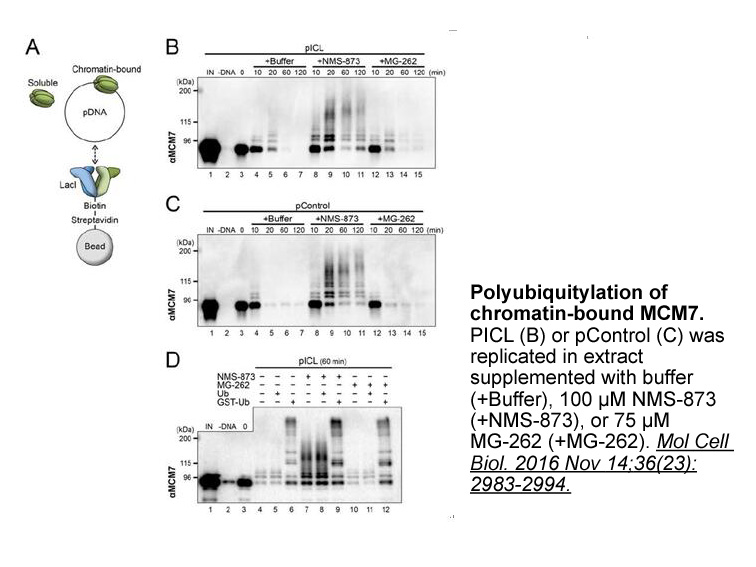
AMPK is a cellular energy sensor that is phosphorylated in response to high intracellular ADP levels to increase GLUT4 translocation into the cell, and subsequently, increase intracellular glucose levels to provide substrate to replenish ATP levels [25]. In metabolic syndrome, sequestration of plasm
-
PRC2 inhibitor To the best of our knowledge this is
2025-02-11
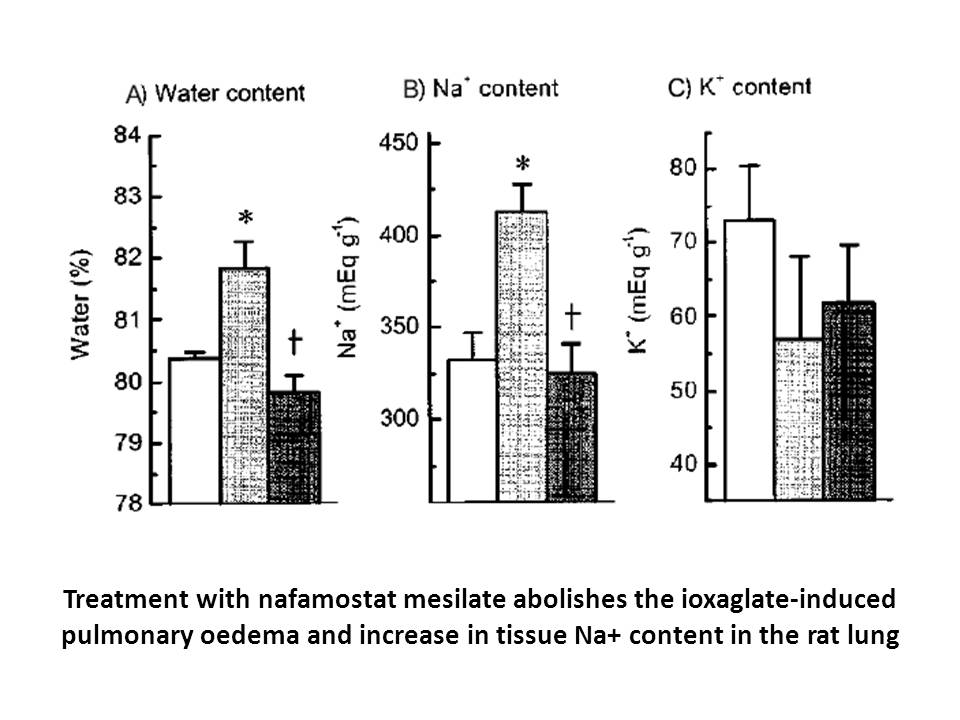
To the best of our knowledge, this is the first study documenting the SCC modulatory effect at central and kidney level on the shift in the vasoconstrictor-vasodilator ratio of mRNA expression of angiotensin receptors toward vasoconstriction in XY-SCC and/or vasodilation in XX-SCC mice. From these r
-
luciferase firefly br Natriuretic peptides and neprilysin Le
2025-02-11
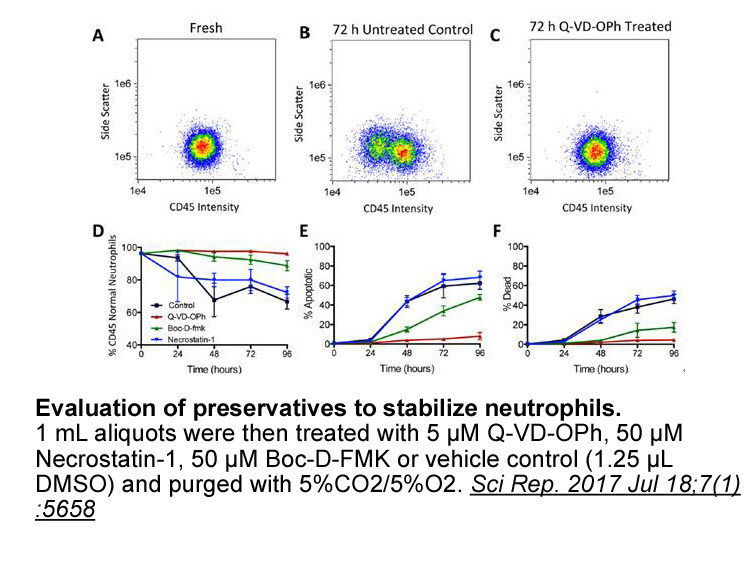
Natriuretic peptides and neprilysin Left ventricular systolic function, most commonly due to myocardial damage as a consequence of coronary artery disease, hypertension or both, and leading to sustained, pathological activation of the renin angiotensin luciferase firefly system (RAAS) and sympath
-
The first identified auxiliary subunit stargazin is
2025-02-11
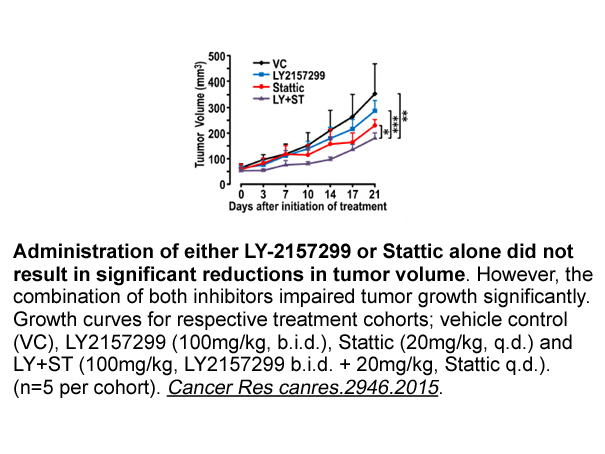
The first identified auxiliary subunit, stargazin, is essential for AMPAR function in cerebellar granule neurons (Hashimoto et al., 1999). Subsequently, a family of six transmembrane AMPAR regulatory proteins (TARPs) were defined that modify channel trafficking, gating, and pharmacology (Kato and Br
-
AR 231453 australia br Introduction Clinical manifestations
2025-02-10

Introduction Clinical manifestations of Alzheimer's disease (AD) are mainly characterized by progressive intellectual deterioration, memory impairment, cognitive impairment, and psychiatric symptoms. The pathogenesis of AD remains unclear, mainly containing genetic factors, neurotransmitter disor
-
Hypoxia induced replication arrest has
2025-02-10
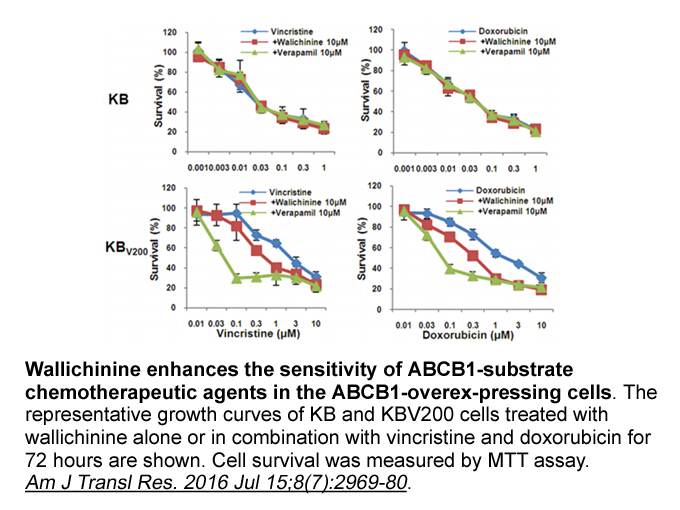
Hypoxia-induced replication arrest has been demonstrated in a variety of organisms in addition to mammals; including Zebrafish , , and (brine shrimp) which have been shown to survive for 4 years and longer in anoxic conditions . Despite this breadth of study, little is known about the mechanism of h
-
Despite these conflicting data about COX ER
2025-02-10
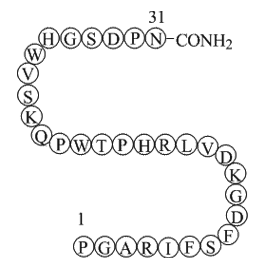
Despite these conflicting data about COX-2/ER correlations, a large body of evidence supports that elevated COX-2 expression in breast cancer is a constant feature of high stage disease and a predictor of worse outcome. Upregulation of COX-2 protein has been identified in approximately 40% of cases
-
br Conclusions The present protocol
2025-02-08
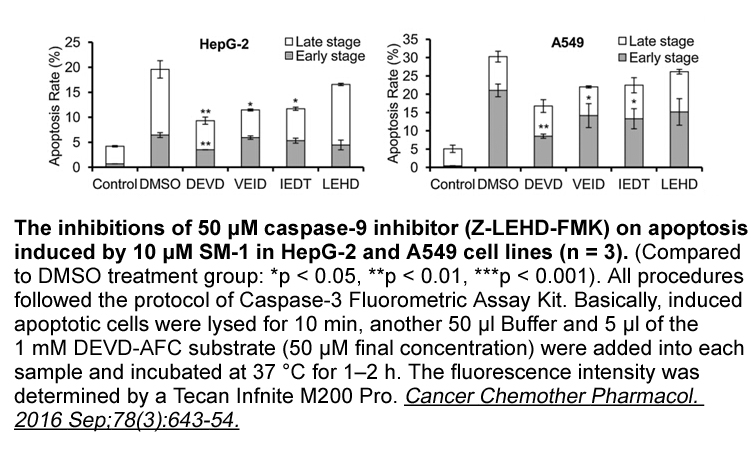
Conclusions The present protocol for localizing or “spotting” the site of action of an antioxidant in a micro-heterogeneous medium is based on the differences in its reactivity vis-à-vis the series of amphiphobic TEMPO derivatives 1a–f. Plots of the relative antioxidant effectiveness of a given A
-
br Methods for antifungal testing of mucorales species The C
2025-02-08
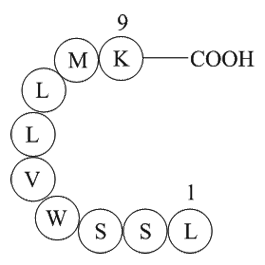
Methods for antifungal testing of mucorales species The Clinical and Laboratory Standards Institute (CLSI) and European Committee on Antimicrobial Susceptibility Testing (EUCAST) reference methods currently in place for in vitro antifungal susceptibility testing of filamentous fungi [8], [9] have
14834 records 14/989 page Previous Next First page 上5页 1112131415 下5页 Last page